TAGGED AS: DC Universe, news
https://twitter.com/JamesGunn/status/1620468379672002565
After months of speculation, cancellations, and DC Studios co-CEO James Gunn promising to reveal the initial plans of his realigned DC Cinematic Universe, he and fellow CEO Peter Safran finally unveiled the first phase of their plan in the waning days of January 2023. It is a pretty ambitious start, reflecting both Gunn’s sensibilities and the desire of the studio’s corporate parent – Warner Bros. Discovery – to have a Marvel-like film world of their very own.
In a statement, Safran said the first chapter in their plan, a collection of “Gods and Monsters,” will tell “cohesive stories that highlight love, compassion, and the innate goodness of the human spirit, all designed to minimize audience confusion and maximize audience engagement across platforms.”
DC Studios will release two feature films and two streaming series via HBO Max (or whatever its successor platform is called) per year. And once their calendar goes into effect two years from now, each project will share continuity and canon unless otherwise specified (more on that later), with actors signing on for 10 years’ worth of film and TV appearances.
Of course, previous DC and Warner entities have been eyeing that same objective since Marvel’s The Avengers broke through the $1 billion box office window, so what’s different this time? Let’s take a look at the initial slate of projects and see if we can’t discern if this Rebirth will work out for the often-troubled DC Comics characters or lead to another Crisis.
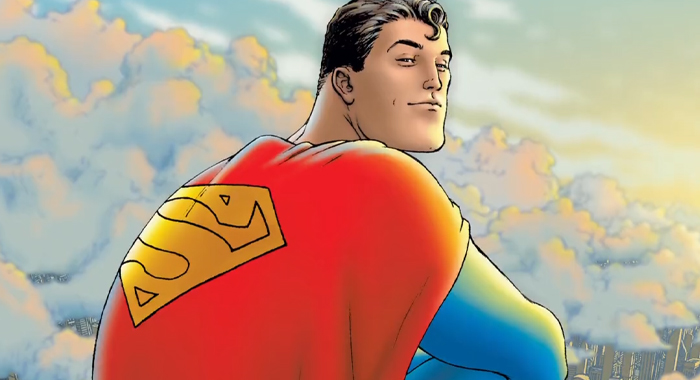
(Photo by DC Studios, @JamesGunn/Twitter)
According to IGN, the already finished 2023 DC Films slate will lead into the new status quo. Shazam! Fury of the Gods will lead into The Flash – which will fulfill its seemingly inexorable destiny as the big reset for the DCU. August’s Blue Beetle is, according to Gunn, “totally disconnected” from the previously established Man of Steel reality, allowing it to be something of a preamble to the new DCU and for its characters to continue. Aquaman and the Lost Kingdom will also be a precursor of sorts, as it will lead into Gunn’s new slate of projects.
The dawn of the new DCU properly begins with Superman: Legacy. Gunn is writing the script, but has not decided if he will direct the picture himself. It will feature a younger Clark Kent trying to come to terms with his Kryptonian roots and Kansas upbringing. But most importantly – it will not be an origin story. Gunn will have to decide soon whether or not he will hand it off to another director, though, as it’s already set for release on July 11, 2025. Subsequent animated and video game appearances of the character will be based on the Legacy version.
Following Clark into movie theaters is his cousin, Kara Zor-El, in Supergirl: Woman of Tomorrow. Based on Tom King’s Supergirl stories, it is unclear if the previously announced Supergirl actor, Sasha Calle, will continue on in the role or if the wonders of The Flash’s Multiverse will produce a different face for Kara.
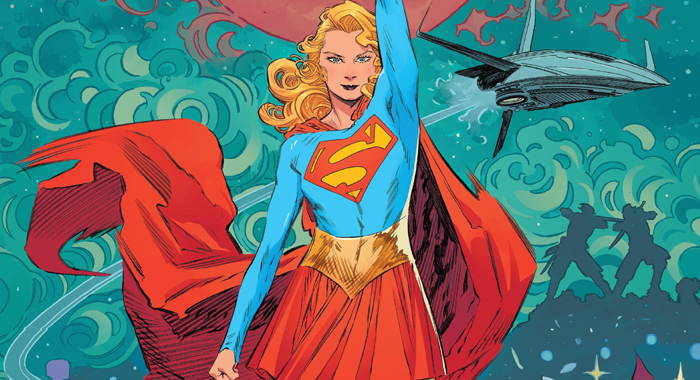
(Photo by DC Comics)
Following those initial flicks, the roster includes some surprising titles pulled directly from DC Comics’ vast library. The Brave and the Bold, for instance, typically published stories about Batman teaming up with unlikely and lesser-known heroes. The film version will introduce the DCU’s Batman and team him with his son, Damian Wayne (the fifth Robin). Based on Grant Morrison’s Batman and Batman Inc. runs, it will also see other members of the Bat-family making their foothold in the new film universe. Can we hope for big screen takes on Stephanie Brown and Dick Grayson? The Batman: The Brave and the Bold animated series from 2008 took the Batman team-up concept in a more comedic tone, but it remains to be seen if the film will follow suit.
Either way, The Brave and the Bold will likely be a lighter film than Swamp Thing. the DC horror staple is finally returning to the big screen after two previous tries in the 1980s, a USA Network television series in the 90s, and the greatly missed 2019 series on the now defunct DC Universe streaming service. It is unclear if the new Swamp Thing, an exploration of the character’s “dark origins,” will serve as a lead into the long-in-development Justice League Dark project or if it also represents a fresh start for the studio’s darker corners.
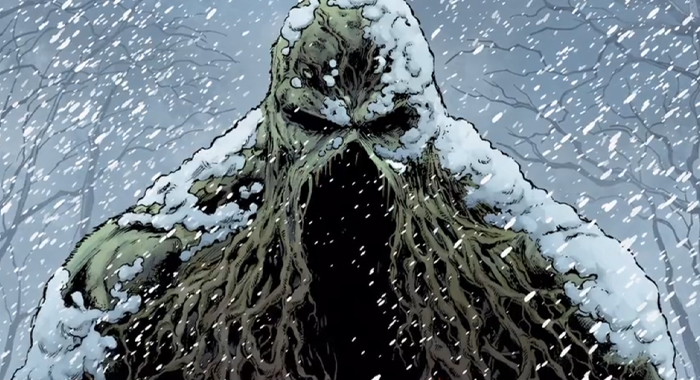
(Photo by DC Studios, @JamesGunn/Twitter)
But a film based on a team book is also on the way – The Authority. Based on the WildStorm title, it centers on a superteam with a decidedly different take on how to defend liberty and justice, and Gun referred to it as a “passion project” of his. As their name implies, they are all about preemptive strikes. Will it escalate matters in the DCU as it does in the real world? And will the Authority’s actions prompt a League of a different stripe to form? We’ll hopefully know by 2030.
Meanwhile, The Batman will return as a DC Elseworlds project. The concept, devised by DC Comics in the ’90s, allows for the DC heroes to take on different forms. By branding The Batman sequel, a third film, and its TV spinoffs as such, it also delineates that they are separate from the main DCU. The sequel is under development with director Matt Reeves and set to bow on October 3, 2025. And though not a major topic of the announcements, Joker: Folie à Deux will also be released as an Elseworlds film. It is currently unclear if these films and shows will feature the Elseworlds branding via a logo or vanity card, but creating a helpful visual marker to set them apart is a good idea.

(Photo by DC Comics)
Like its crosstown rival, the new DCU will also integrate television programs into its cohesive vision, and the gods and monsters of the TV realm offer an interesting sample of the characters in DC’s stable.
Booster Gold, for example, will feature in his own self-titled series. He is a fan-favorite ne’er-do-well hero who feels tailor-made for a Gunn treatment. A going-no-where janitor in the 25th Century, Michael Jon Carter steals various superhero devices and a time machine from the museum he cleans and travels to the Age of Heroes (the 21st Century) to become a hero for hire. Will sponsorships and token do-gooding work in his favor, or will he learn the true meaning of “superhero?” An actor is reportedly already in talks to star.
But the first series out of the gate will be Creature Commandos, a seven-episode animated program Gunn has already written. The original DC Comics concept featured a group of traditional movie monsters fighting in World War II; the series will see a group of “monstrous prisoners” becoming a black ops team under the direction of Amanda Waller, again played by Viola Davis.
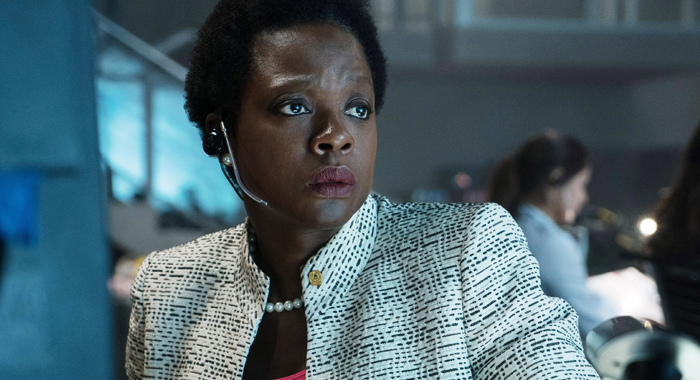
(Photo by Clay Enos/©Warner Bros.)
After that, Davis will finally get her starring role as Amanda Waller in Waller, a series centering on the morally flexible minder of Task Force X and the Creature Commandos. Other members of the Peacemaker cast will join her as she accomplishes her goals and avoids prosecution for her methods in a program from writers Christal Henry (Watchmen) and Jeremy Carver (Doom Patrol). Curiously, though, Gunn and Safran made no mention of Peacemaker itself. Presumably, its second season will exist in the gray area between The Flash and Superman: Legacy and, perhaps, be the lone light of live-action DC in 2024. Or maybe it molted into Waller.
Other programs in the works include the long-in-development Green Lantern series — now dubbed Lanterns and described as an “enormous TV event” featuring popular Green Lanterns Hal Jordan and John Stewart — Paradise Lost, a series focused on “the genesis and political intrigue” of Wonder Woman’s birthplace that Gunn compared to Game of Thrones, and the aforementioned Booster Gold.

(Photo by HBO Max)
When Gunn and Safran were first announced as the bosses of the new DCU, it was said they would also oversee DC’s animated shows and direct-to-video films. In their January 31 announcements, nothing specific was said about those slates, other than Safran mentioning they are part of the DC Multiverse. While the duo’s film and TV projects will take place in the one constant DCU, the DTV animated films, children’s programing, and more adult-themed programs like Harley Quinn will be considered Elseworlds like The Batman and Joker.
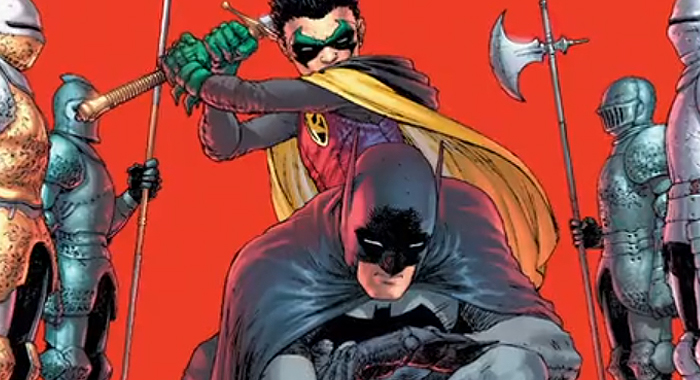
(Photo by DC Studios, @JamesGunn/Twitter)
Of course, with any sort of DC film and TV calendar, the inevitable question of crossovers and collapses comes up. With actors signing long-term deals, we imagine cameos and crossovers will be more of a constant; just look at the members of the Justice League who showed up for a punchline in the season 1 finale of Peacemaker. The more provocative question, though, is “Will the plan work?” DC and Warner’s hopes for the characters and universe seem to get dashed at just about every turn, so it’s fair to approach this with some trepidation. We think the lack of a Justice League film or television show in Chapter One suggests Gunn and Safran are willing to put in the time and work to earn an Avengers-like epic event film. Will Warner Bros. Discovery prove as patient? That may turn out to be the most pertinent barometer of Chapter One’s success. In the meantime, the split between defining a new Superman and Batman while also introducing characters like Booster and John Stewart leaves us more hopeful about the DCU than we’ve been in a long time.